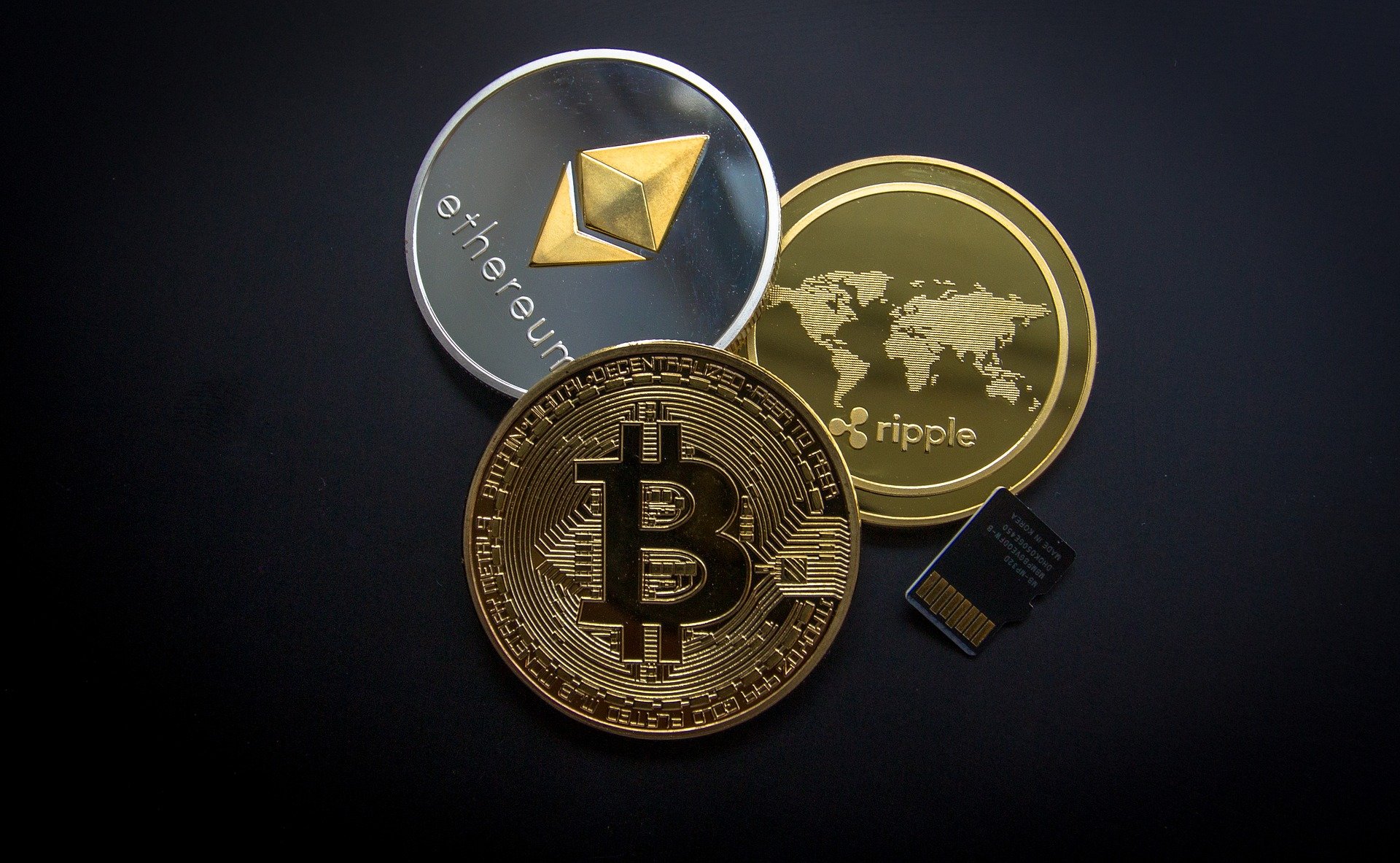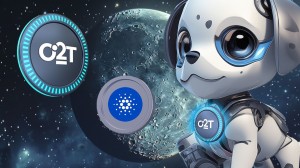While Bitcoin is the pioneer cryptocurrency, Ethereum is the leading blockchain platform with real use cases. However, Solana and Cardano have emerged as ideal altcoins with utility. In fact, they are dubbed “Ethereum killers.” This begs the question, which is the better ethereum killer between Solana and Cardano? How do they compete?
This article will explore the similarities and differences between the two digital tokens to understand how they fare. So let’s jump right in.
Cardano and Solana Comparison
Consensus Mechanism
Solana uses a proof of history (PoH) consensus method, which significantly reduces data weight for consensus. Essentially, POH seeks to encode time in the blockchain, thus reducing the workload of validator nodes. Timestamping is vital for the network to determine the transaction sequence.
On the other hand, Cardano uses a proof of stake method known as Ouroboros. The system uses a staking method to reward validators. Ouroboros integrates peer-reviewed mathematical and technological mechanisms to ensure the blockchain is highly sustainable and secure.
Current Market Capitalization
Both Solana and Cardano both have multi-billion market value. The advantage of big market value is to make the blockchain token stable. However, it is worth noting that cryptocurrency prices are highly susceptible to volatility. Currently, Cardano has a market capitalization of $43.87B at 6th place, while 5th placed Solana has a market capitalization of $51.67 billion. When looking at some popular Cardano and Solana future price projections, both coins are expected to increase in value in 2022 with SOL forecasts being more positive. Despite a positive predicted uptrend of both coins, they, however, require to grow more than ten times to eventually overtake Ethereum’s $400 billion market capitalization. At the current state of the market, this does not seem to be realistic.
Use Cases
The Cardano ecosystem uses the ADA token for numerous utilities, including peer-to-peer transactions and staking. The token’s primary purpose is to undertake functions and utilize the services of Cardano. For instance, it plays a vital role in the governance of the ecosystem and earns rewards for contributing to the ecosystem’s security. Essentially, users require the ADA twins to vote for funding or improvement proposals. In addition, developers are required ADA tokens to create and execute smart contracts on the Cardano blockchain.
SOL is the utility token and native cryptocurrency of the Solana blockchain. The prominent use cases of SOL are staking and transaction payments. Like Cardano, developers require SOL tokens to create and execute smart contracts and dAppps. Users can also use the tokens to become validators and corporate governance voting.
DeFi Ecosystem
The Defi ecosystem is growing at a seismic speed. While Ethereum laid the groundwork for DeFi, high transaction costs and inability to scale hindered the growth of the Defi on the Ethereum platform. Solana and Cardno have capitalized on this deficiency by providing cheaper transactions and higher throughput.
Cardano is working in earnest to expand its share of the Defi Space. Integrating smart contracts into its ecosystems plays a pivotal role in this endeavor. In fact, Cardano has gone a step further to invest $100 million into the Defi space through its venture capitalist arm Emurgo. SundaeSwap is set to be the leading Decentralized Exchange (DEX) on the Cardano blockchain. Some of the DeFi projects on Cardano include Ergo and Meld.
Solana is also not left behind. It boasts great projects such as Solend and Port Finance decentralized banks with a total locked value (TLV) of $591 million and $129 million, respectively. These decentralized banks allow users to borrow against a diverse range of assets. More projects that will make Solana dApps utility hub are in the pipeline. It is not surprising that the total locked value rose from $1 billion to $10 billion in 2021. Some of the Defi projects on Solana include Orca and Raydium.
How Solana and Cardano Compete
Return on Investment
Both Cardano and Solana are decentralized platforms that have experienced massive growth. Solana grew from $2 at the beginning of 2021to the current price of $167, while Cardano increased from $0.2 to $1.37 within the same period. Therefore, Solana recorded higher growth at 8000% compared to Cardano’s 600% growth. Currently, Solana ranks fifth while Cardano follows at the sixth spot on the biggest cryptocurrencies.
The Cardano value explosion was caused by integrating the smart contract capabilities and Alonzo main net hard fork. On the other hand, Solana’s NFTs project, especially the Degenerative apes, significantly contributed to the price proliferation, with trading volume surpassing $66 million. Cardano was slow to roll out smart contracts because all projects require peer review.
Decentralization Levels
Crypto users value the concept of decentralization to a high degree. Substantial crypto investors would be reluctant to use crypto with low decentralization or centralization traits. Decentralization is measured by the number of validator nodes required to process transaction blocks. More validator nodes signify high decentralization levels. Cardano has 3000 validator nodes, while Solana has 1361 validator nodes. This means Cardano is more decentralized than Solana.
Transaction/Gas Fees
Cardano and Solana have varying transaction costs. The two cryptocurrencies have lower gas fees than Ethereum. Solana boasts of the lowest fees among the top cryptocurrencies. A transaction on the Solana ecosystem is $0.00025. Contrastingly, the transaction costs for Cardano transactions have increased significantly after launching smart contracts. The gas fees average $0.33, which is 1300 times more costly than Solana. However, the transaction cost might go down with the launch of DApps projects.
Transaction Speed
Again Solana beats Cardano on transaction per second. The blockchain network can handle 65000 transactions per second (TPS), while Cardano has a modest speed of 250 TPS. This makes Solana 260 times faster than the latter. However, both process transactions well below their maximum capacity. For instance, Solana processes around 2000 tps while Cardano averages 3TPS.
Which Has More Growth Potential
Currently, Solana seems to be steps ahead of Cardano, thanks to the hundreds of projects on its blockchain network. Solana boasts about 400 projects on its ecosystem, such as SolAPE DEX. It also delivered smart contracts well before Cardano. However, Cardano seems to have massive potential and is banking on Hydra and other scaling solutions, which could see massive migration from Solana and Ethereum. Also, Cardano could capitalize on a brewing wave of dApps and post a stellar performance in 2022.
One of the projects that will boost Cardano’s growth is the slated use of a digital identity system for students and teachers in Ethiopia. If Ethereum doesn’t solve the scalability and high gas fees, Solana and Cardano could emerge as the top smart contract blockchain.
Final Words – Cardano vs Solana
The competition among Solana and Cardano will heat up in 2022 as they try to outdo Ethereum. The focus of both blockchain ecosystems is on dAps and smart contracts. They aim to provide high scalability solutions, cheaper and faster transactions than Ethereum. However, several differences between the two platforms, including consensus mechanisms and decentralization levels, stick out. Solana is also considerably cheaper and faster than Cardano, which explains its exemplary performance in 2021. However, both blockchains are set for growth in 2022. They, however, face stiff competition from Ethereum 2.0. How the competition spans out will depend on future project development and market dynamics.





